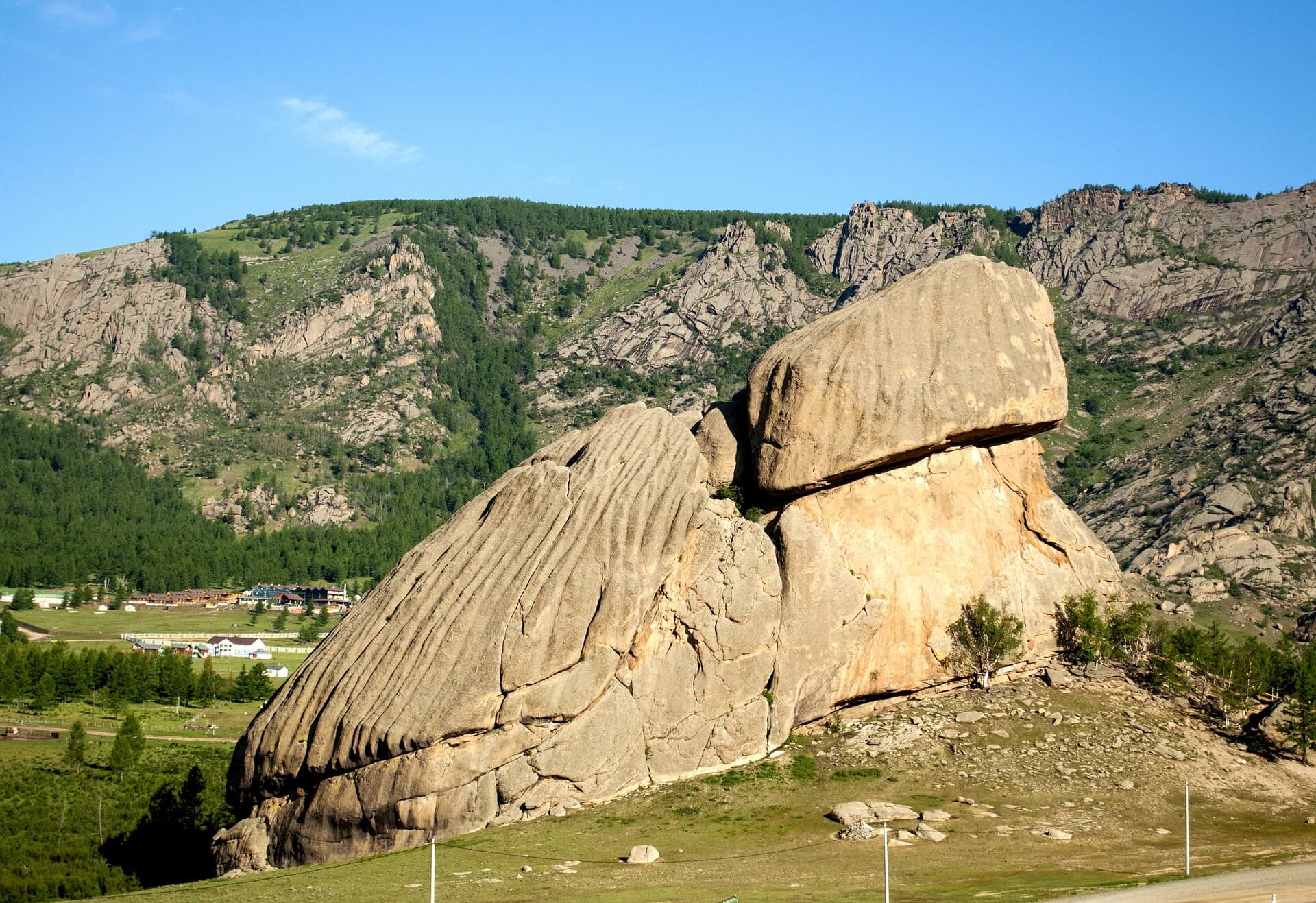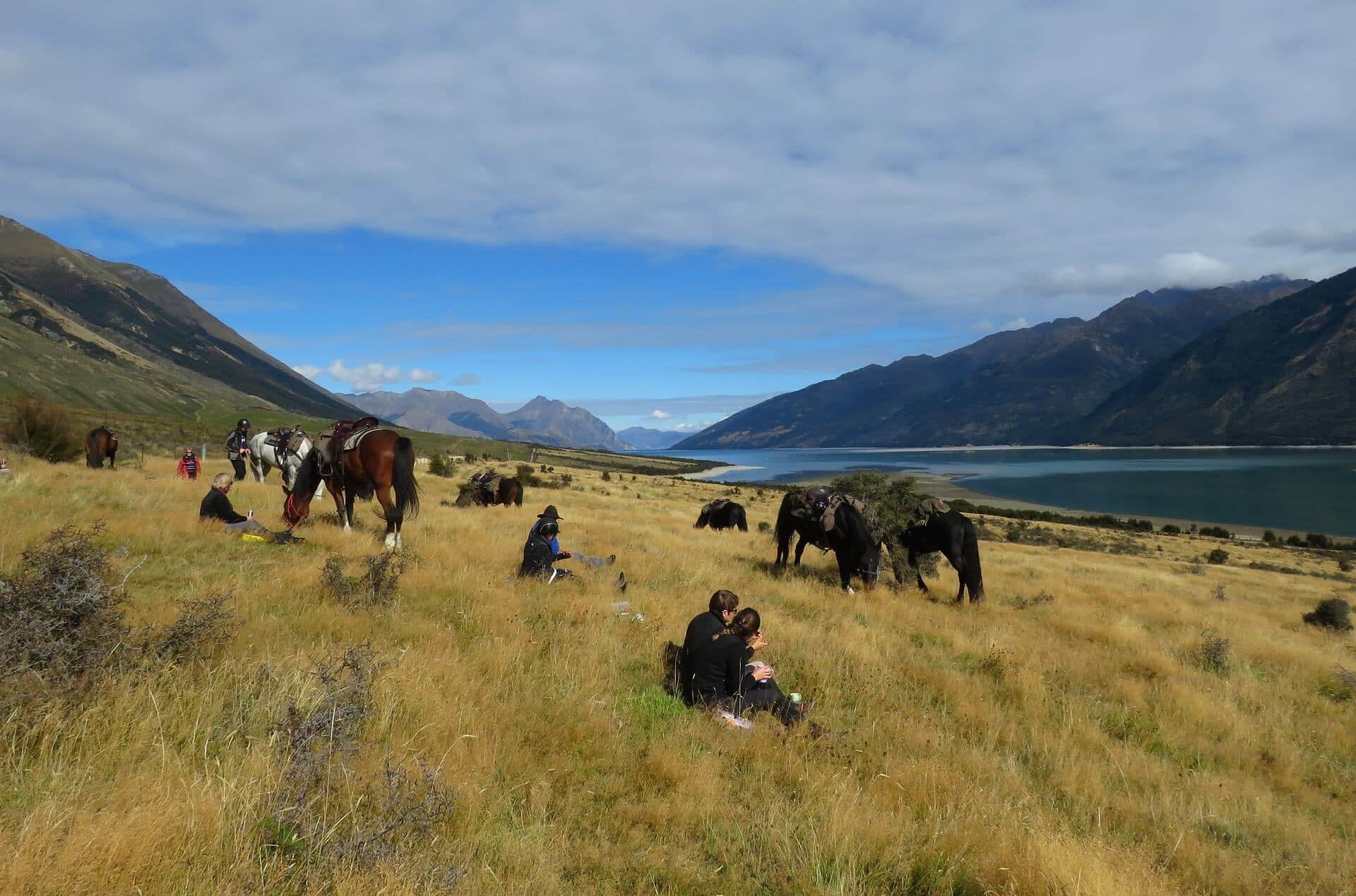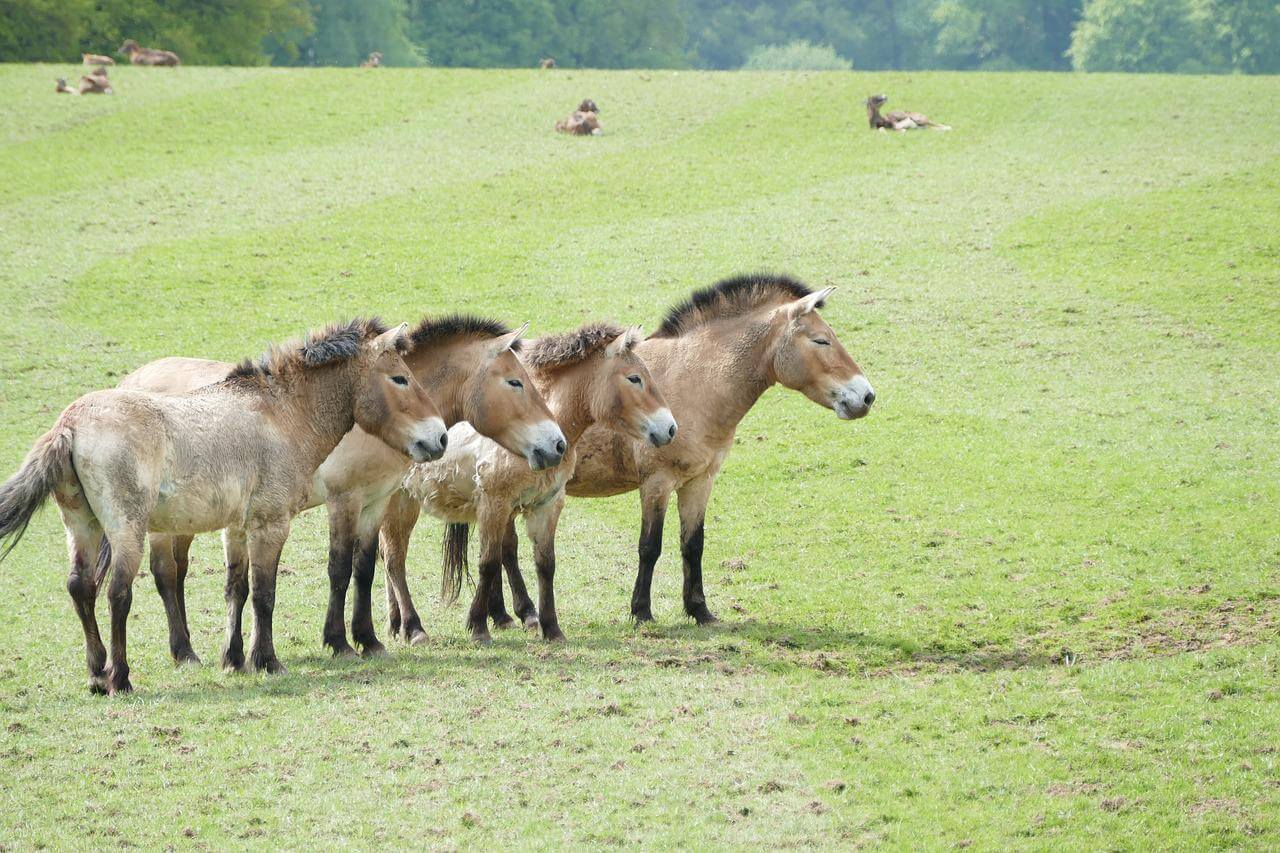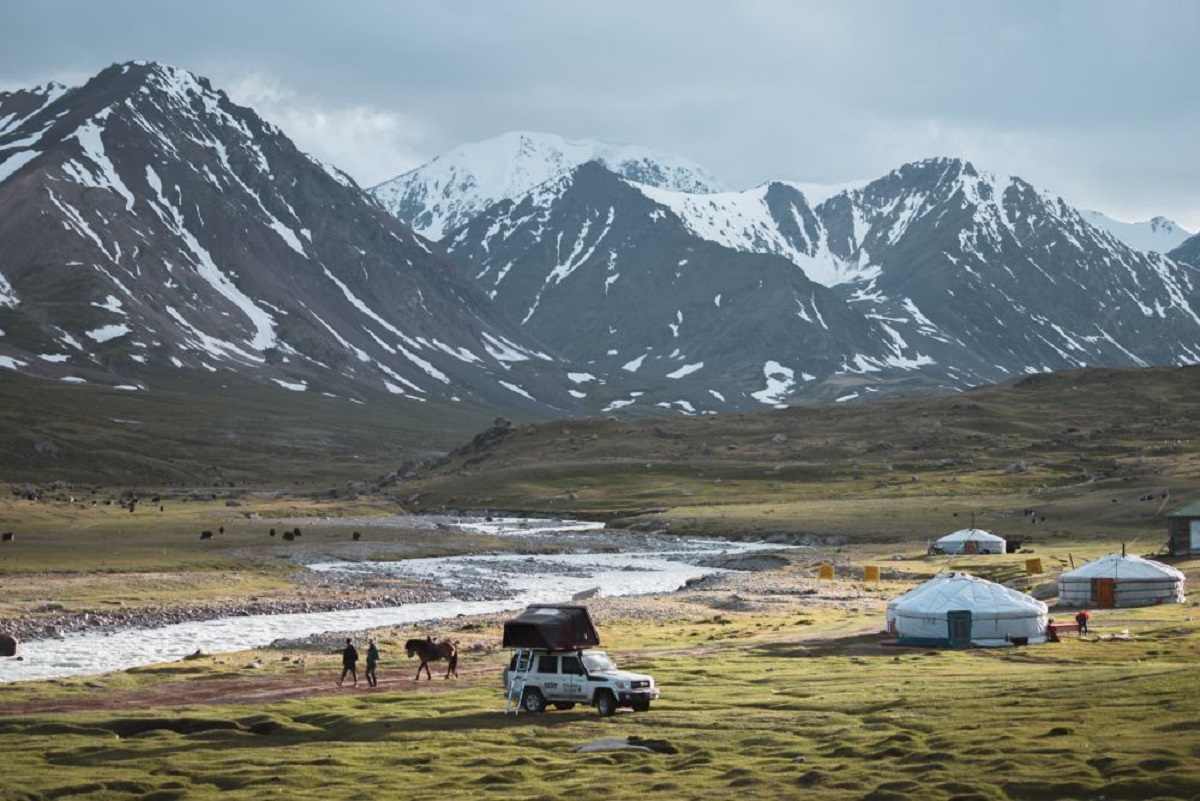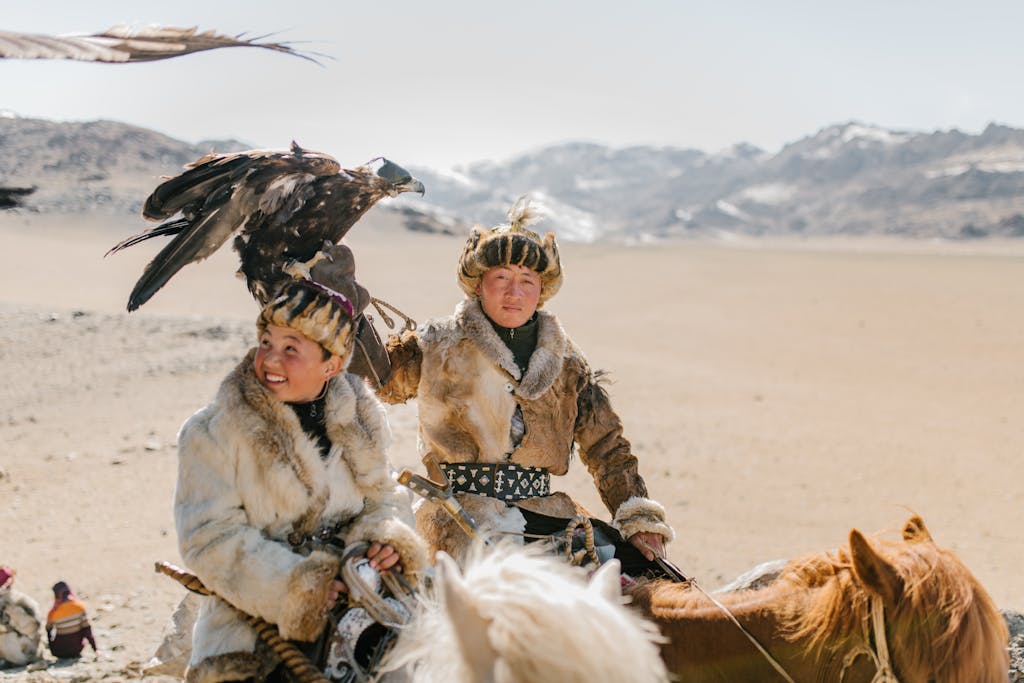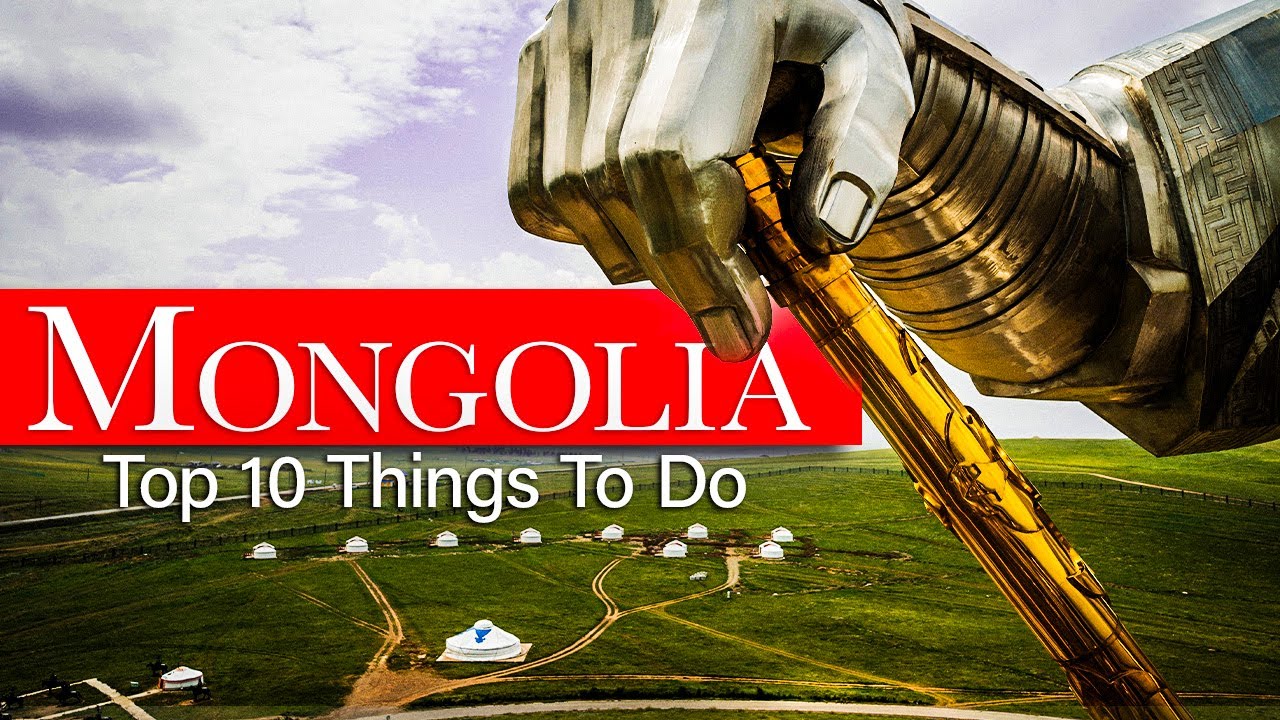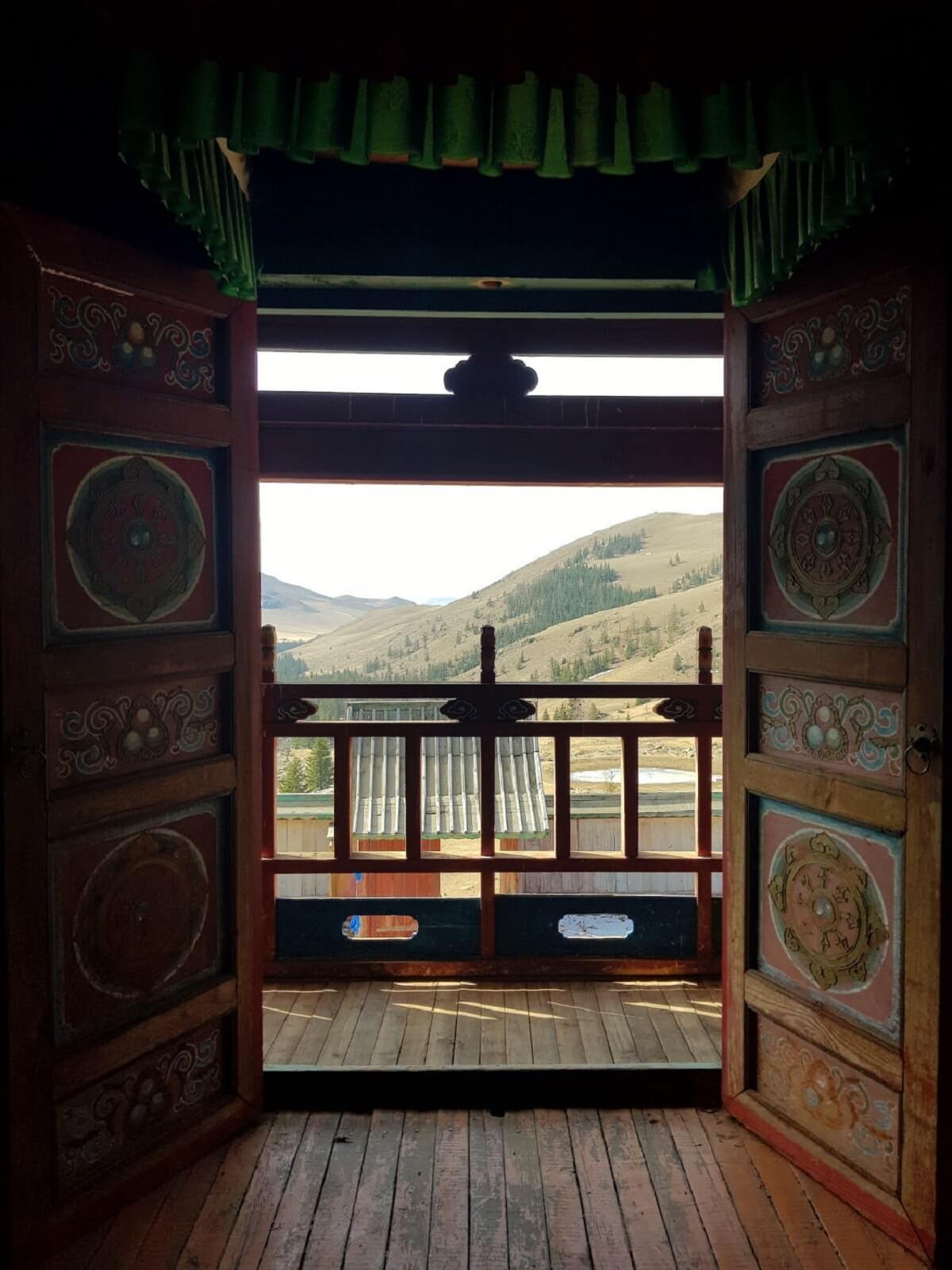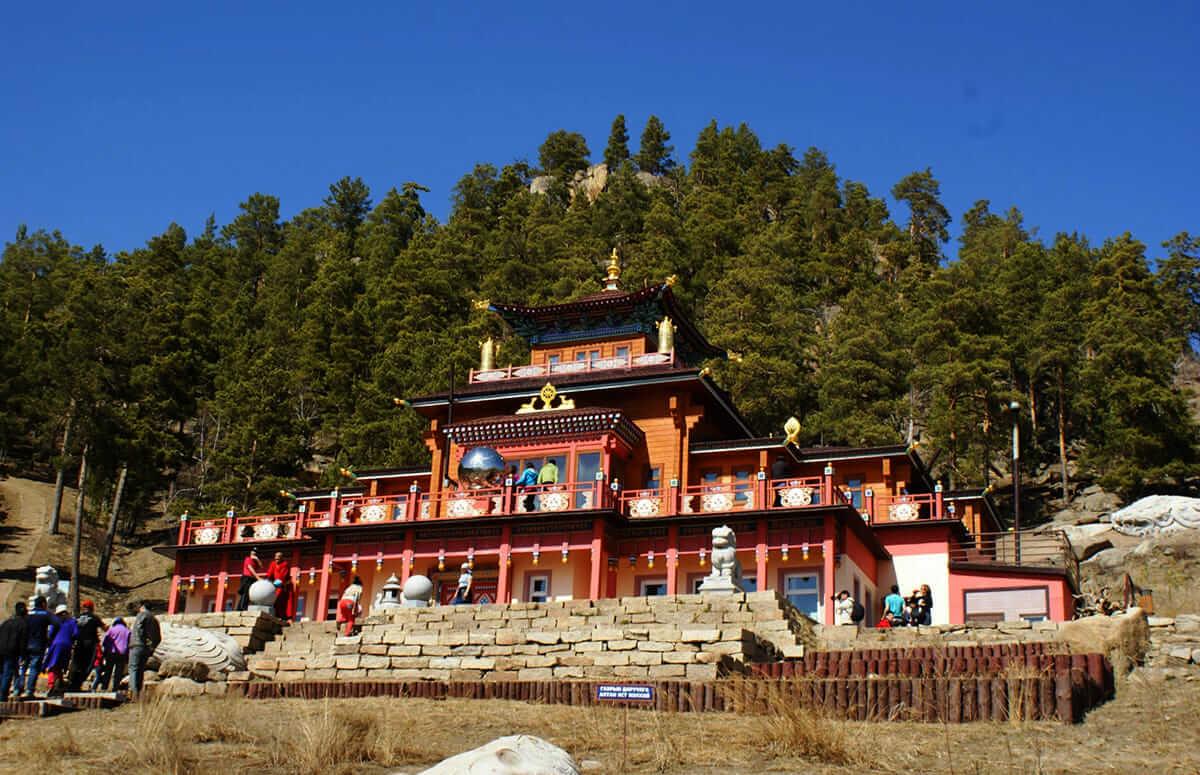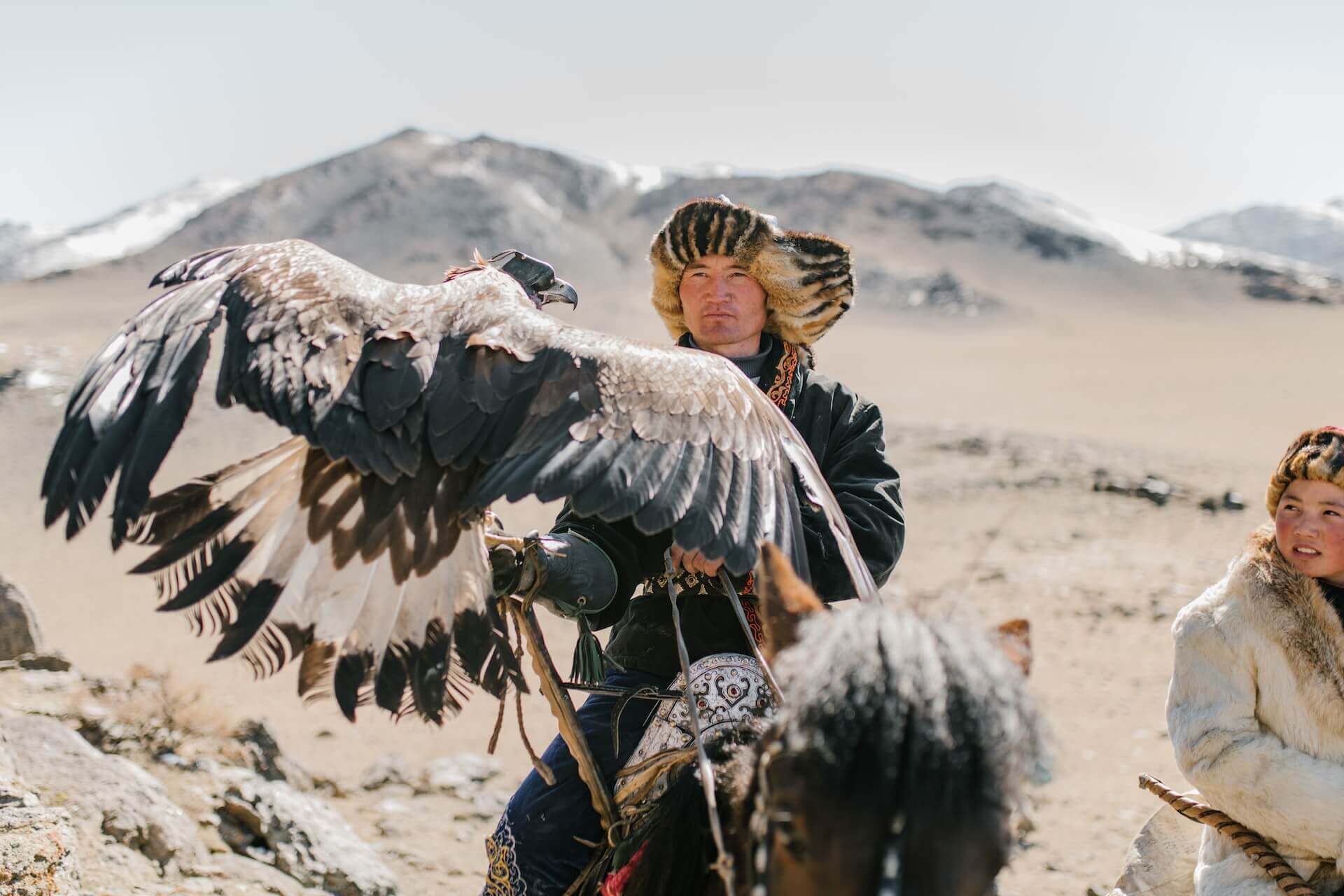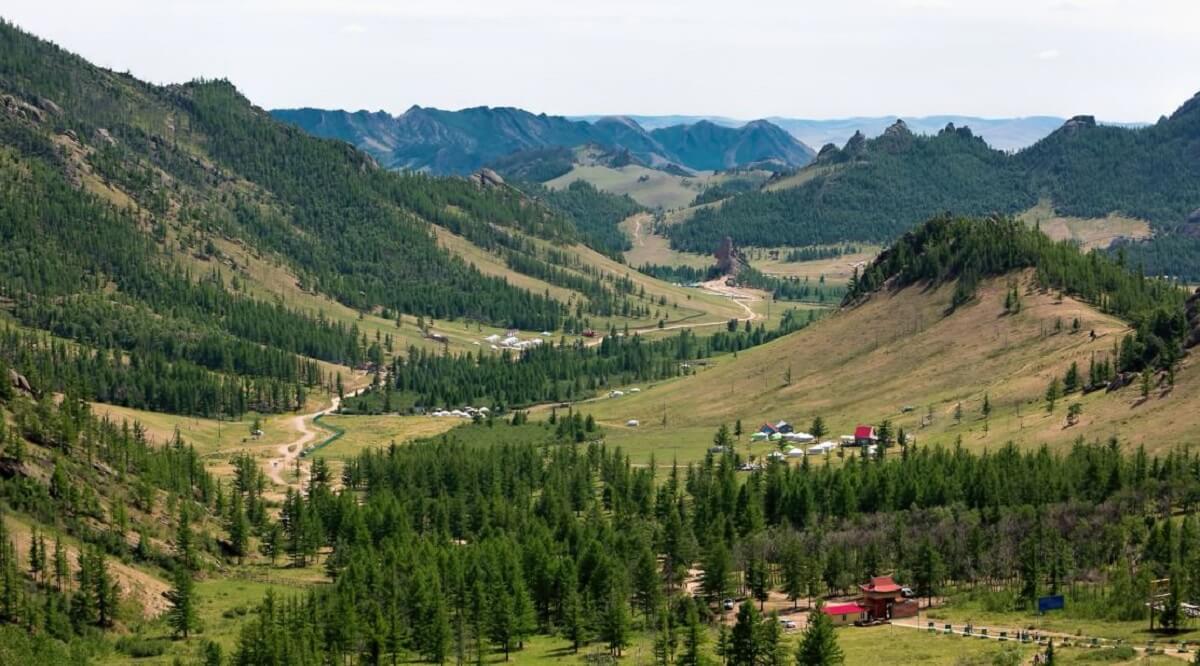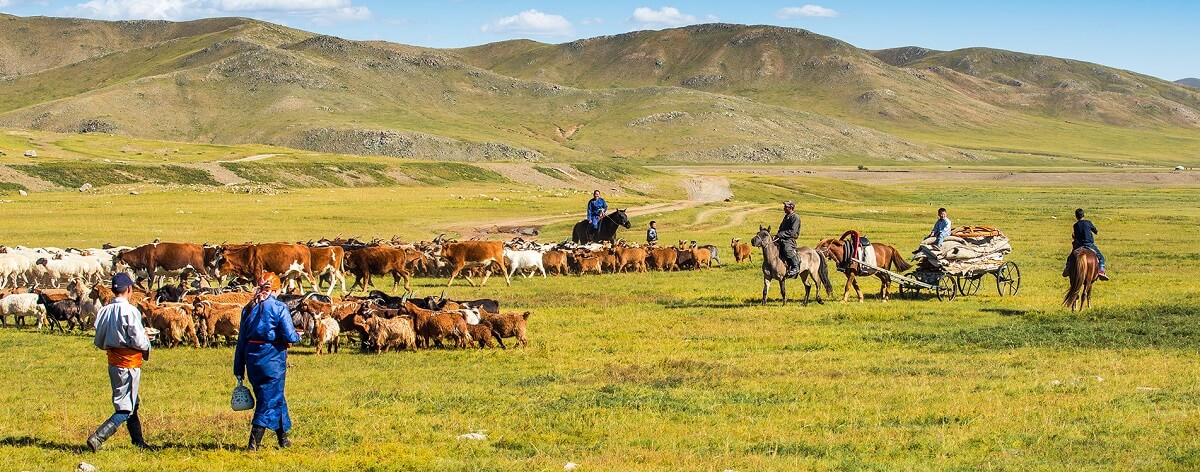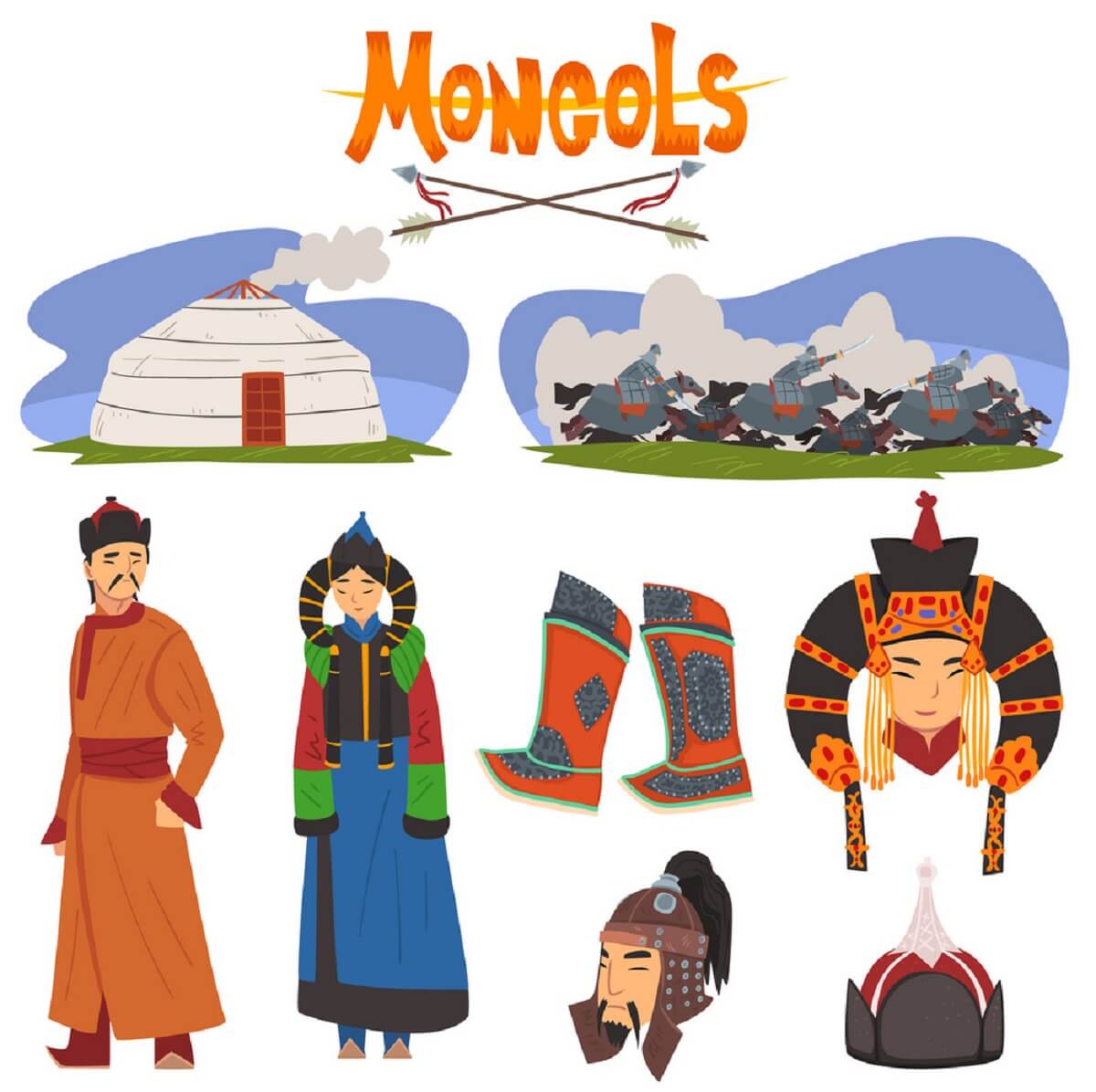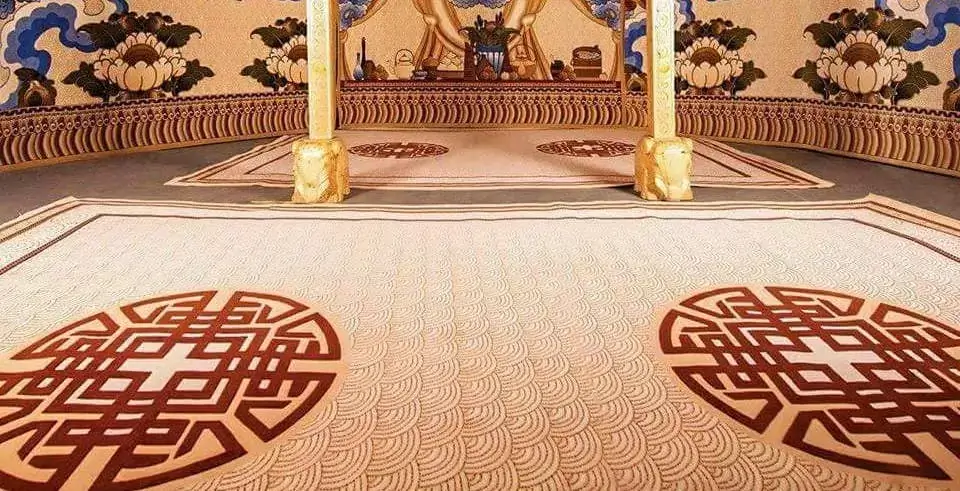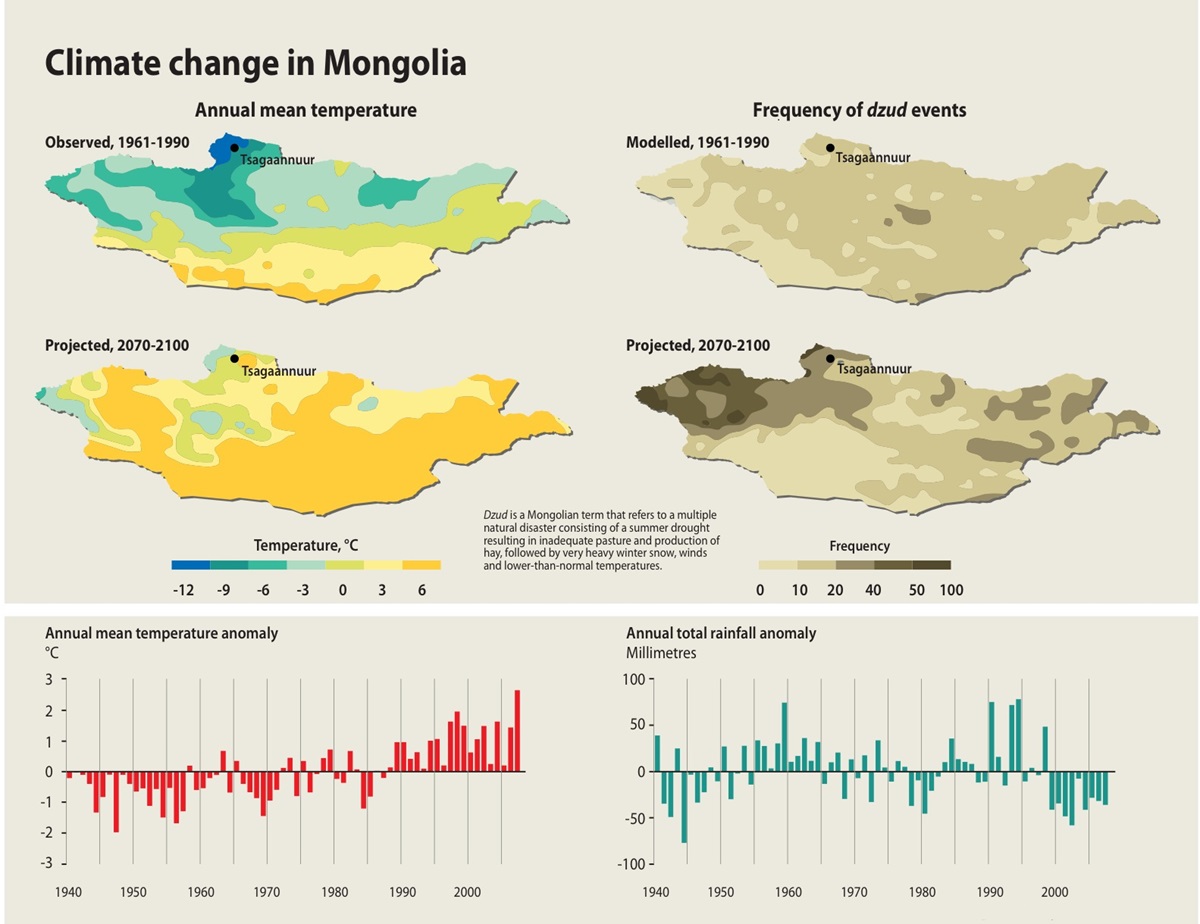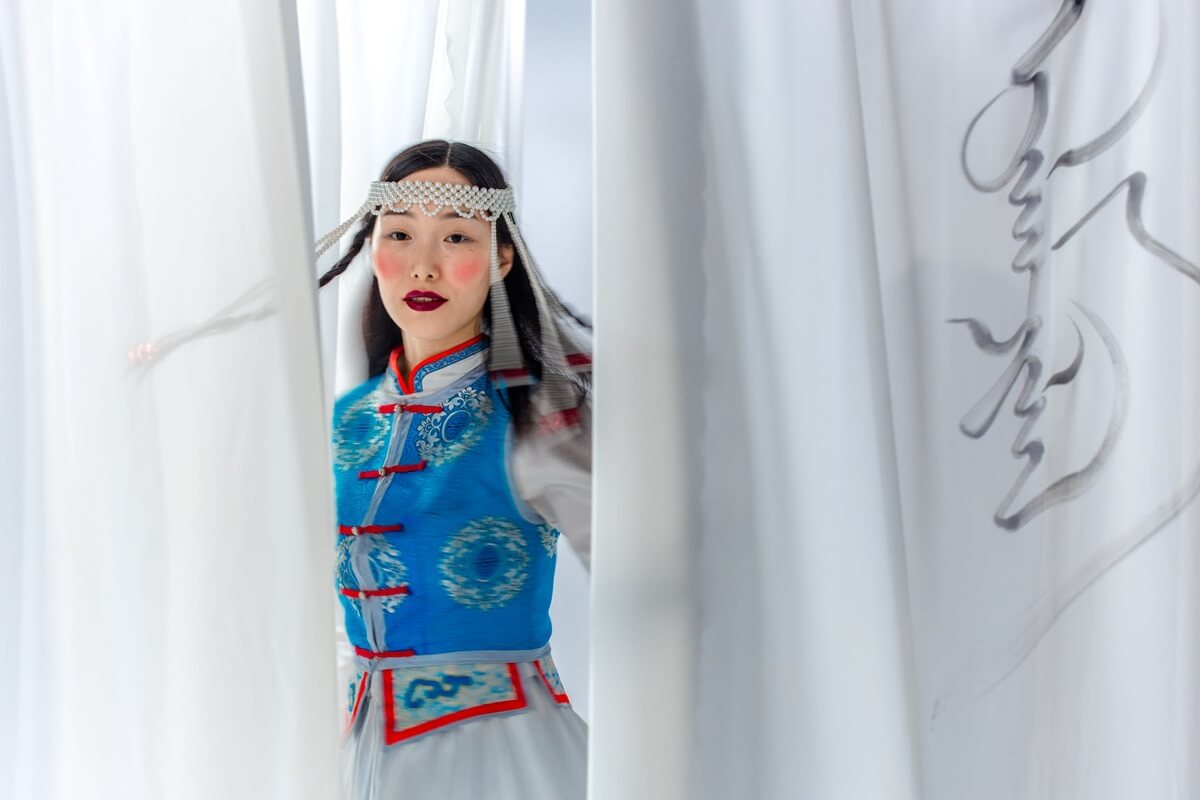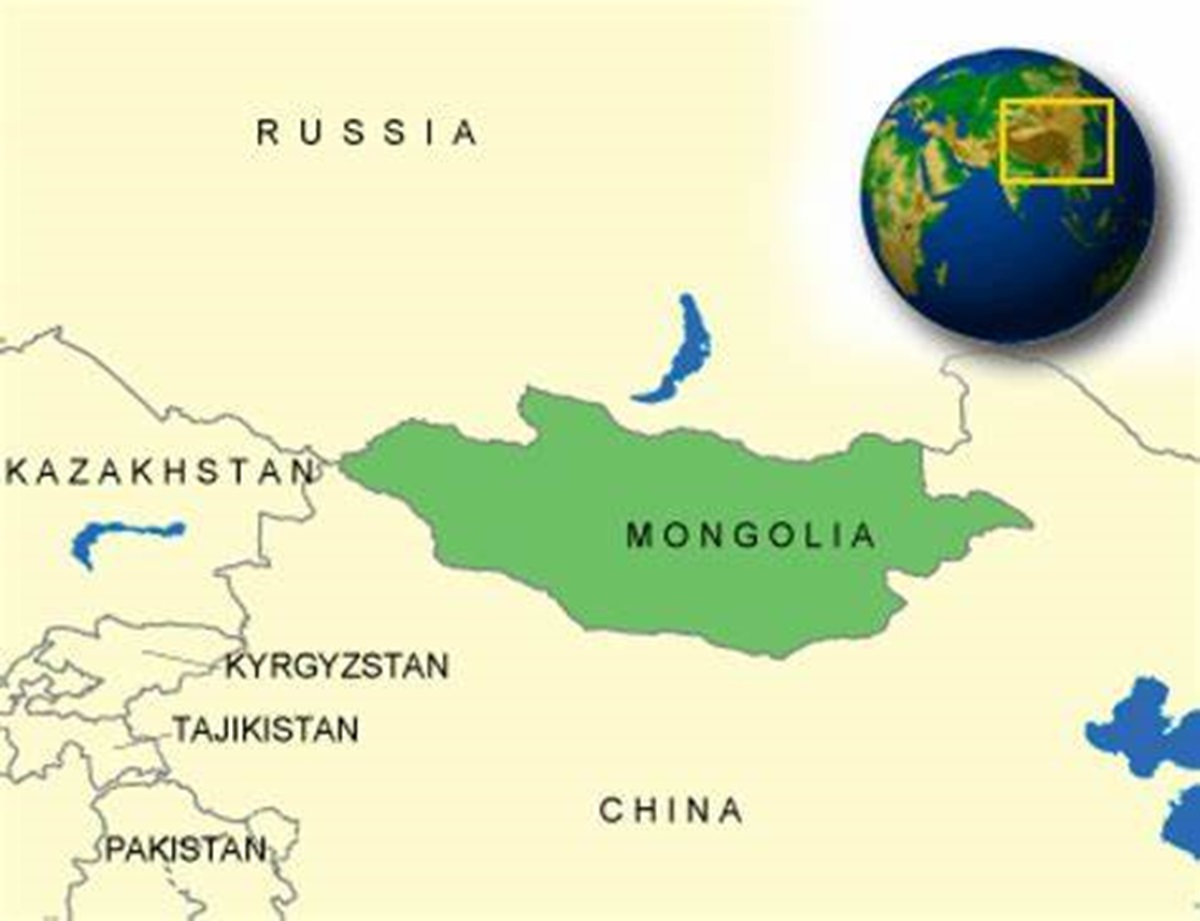7 Significant Historical Sites of Mongolia:
Mongolia, with its rich history spanning thousands of years, boasts a host of significant historical sites that echo its deep cultural heritage and the legacy of the Mongol Empire, one of the largest empires in history. Since ancient times, the region has been home to early inhabitants and nomadic tribes, shaping Mongolia’s unique identity through the ages.
Key Takeaways:
- Mongolia’s rich history is reflected in its historical sites.
- The Mongol Empire was one of the largest in history.
- Cultural and historical significance is found in locations like Erdene Zuu Monastery and Genghis Khan Statue Complex.
- Karakorum and the Orkhon Valley, located in central Mongolia, were central hubs of the Mongol Empire.
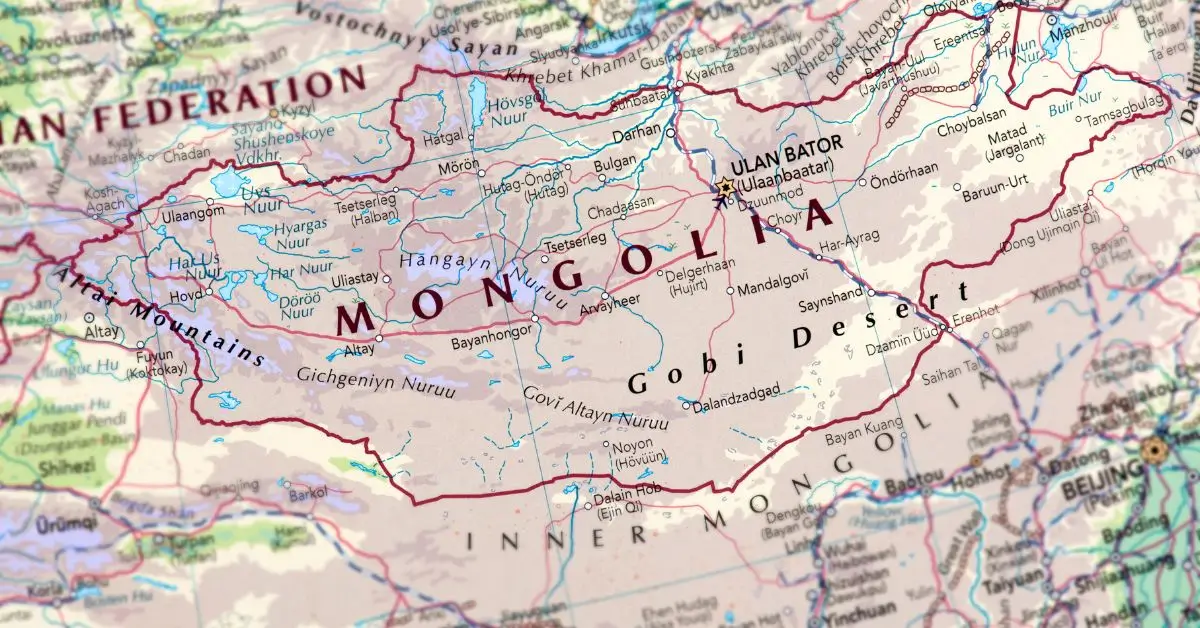
Introduction to Mongolian Cultural Heritage
7 Significant Historical Sites of Mongolia
Mongolia, nestled in the heart of Central Asia, is a land where ancient traditions and a vibrant history converge to create a truly unique cultural landscape. The legacy of the Mongol Empire, founded by the legendary Genghis Khan, continues to shape the identity of the nation and its people.
Over centuries, Mongolia has been home to a diverse array of ethnic groups, each contributing to the country’s rich tapestry of customs, beliefs, and artistic expression.
The significance of Mongolian cultural heritage is recognized on a global scale, with several sites inscribed as UNESCO World Heritage Sites. Among these, the Orkhon Valley Cultural Landscape stands out as a testament to the outstanding universal value of Mongolia’s history.
This remarkable area, which includes the ancient city of Karakorum and the revered Erdene Zuu Monastery, reflects the enduring influence of nomadic pastoralism and the spread of Buddhism across the region. The Erdene Zuu Monastery, one of the oldest Buddhist monasteries in Mongolia, is a symbol of spiritual resilience and architectural ingenuity.
Preserving these world heritage sites is not only about safeguarding monuments and monasteries; it is about honoring the long-standing traditions and cultural achievements that have shaped Mongolia for generations.
As stewards of this remarkable heritage, Mongolians are committed to ensuring that the stories, values, and wisdom of the past continue to inspire and guide future generations. Through the protection and celebration of these sites, Mongolia’s cultural legacy remains a living, breathing part of the world’s shared history.

Archaeological Sites in Mongolia: A Glimpse into the Past
7 Significant Historical Sites of Mongolia
Mongolia’s vast steppes and rugged mountains are dotted with archaeological sites that offer a fascinating window into the country’s distant past. From the remnants of ancient cities to mysterious burial mounds and intricate rock carvings, these sites reveal the complex history of the region and the enduring spirit of its people.
Among the most significant archaeological discoveries are the deer stones and khirigsuurs, enigmatic Bronze Age monuments that stand as silent witnesses to the beliefs and rituals of early nomadic tribes.
Petroglyphic complexes, such as those found in the Mongolian Altai, showcase ancient rock carvings depicting scenes of daily life, hunting, and spiritual practices, providing invaluable insight into the worldviews of Mongolia’s earliest inhabitants.
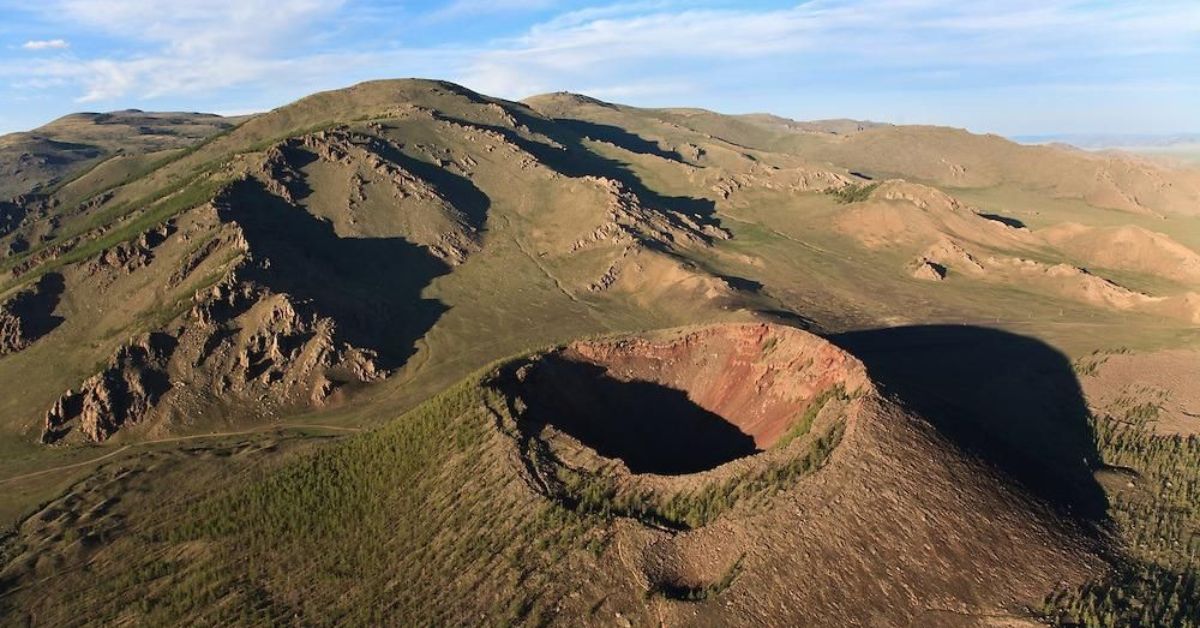
The ruins of ancient cities, including those from the Uighur and Turkic periods, highlight Mongolia’s role as a crossroads of cultures and empires in Central Asia. These archaeological sites not only shed light on the rise and fall of powerful states but also illustrate the enduring importance of the nomadic lifestyle and the adaptability of Mongolian nomadic pastoralists.
Each discovery adds a new chapter to the story of human history in this remarkable land, deepening our understanding of the cultural heritage that continues to shape Mongolia today.
7 Significant Historical Sites of Mongolia
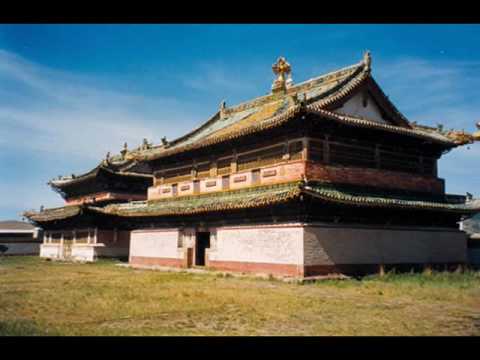
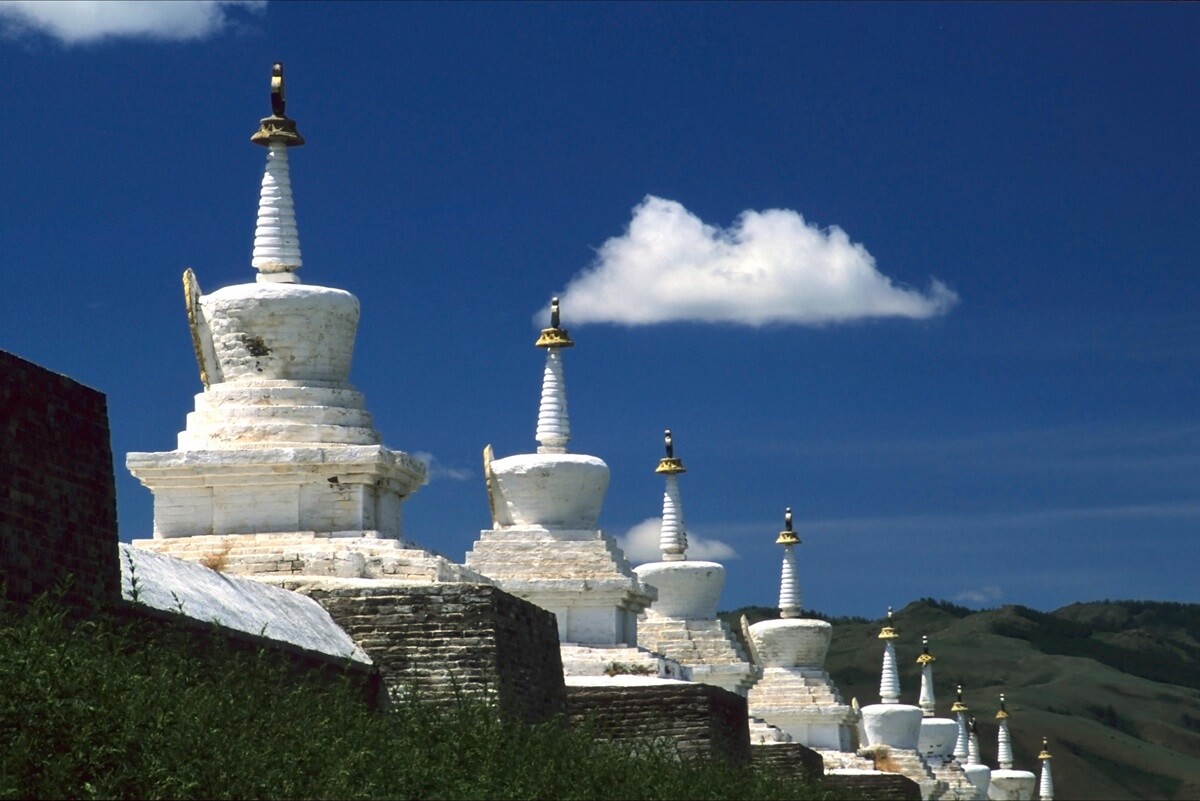
1. Erdene Zuu Monastery:
7 Significant Historical Sites of Mongolia
Erdene Zuu Monastery is an archaeological site of great significance, located near Kharkhorin, the ancient capital of the Mongol Empire. Erdene Zuu Monastery is one of the oldest surviving Buddhist monasteries in Mongolia.
It was built in 1586 on the architectural ruins of the ancient city of Karakorum. Its walls are adorned with hundreds of stupas, and within its bounds, several temples house exquisite examples of Mongolian Buddhist art. Among these, baruun zuu and zuun zuu are two of the main temples, each representing important phases of Buddha’s life and showcasing remarkable architectural beauty.
The layout of the monastery features its main buildings aligned along a north south axis, creating a harmonious and balanced structure. Secondary structures are arranged on the sides, contributing to the symmetrical design of the complex. The art and structures within the monastery reflect influences from different periods of Mongolian history, offering insight into the region’s rich cultural and religious heritage.
2. Karakorum (Kharkhorin):
7 Significant Historical Sites of Mongolia
The ancient city of Karakorum, located in the central part of Mongolia, was the capital of the Mongol Empire under Chinggis Khan and his successors.
Though much of it lies in ruins today, the archaeological site is crucial for understanding the Mongol Empire’s history and influence. The site also contains important historical layers from the Turkic period and the Uighur Empire, reflecting its significance as a crossroads of nomadic civilizations.
Excavations have revealed various artifacts, and the nearby Erdene Zuu Monastery was constructed using materials from the ancient city. Karakorum and the surrounding Orkhon Valley Cultural Landscape are inscribed on the World Heritage List, recognizing their outstanding historical and cultural value.
3. Orkhon Valley Cultural Landscape:
7 Significant Historical Sites of Mongolia
This UNESCO World Heritage Site encompasses several historical and archaeological sites along the Orkhon River, including Karakorum. The valley lies in the central part of Mongolia and is framed by the Khangai Mountains, a key geographical feature that has shaped its ancient history and cultural heritage. The Orkhon Valley is renowned for its pristine natural landscape and is recognized for its outstanding natural heritage, supporting rich biodiversity and traditional nomadic lifestyles.
The area has been inhabited for millennia and includes ancient Turkish stone monuments, evidence of Uighur capitals, and a complex of residential and ceremonial structures from the 6th to 13th centuries. The site was first included on Mongolia’s tentative list before being inscribed as a UNESCO World Heritage Site.
4. Genghis Khan Statue Complex:
7 Significant Historical Sites of Mongolia
Although not an ancient site, this modern monument is significant for its cultural and historical symbolism.
Located 54 kilometers east of the Mongolian capital Ulaanbaatar in central Mongolia, the statue is a 40-meter tall representation of Chinggis Khan on horseback, symbolizing the revered status of the conqueror in Mongolian history.

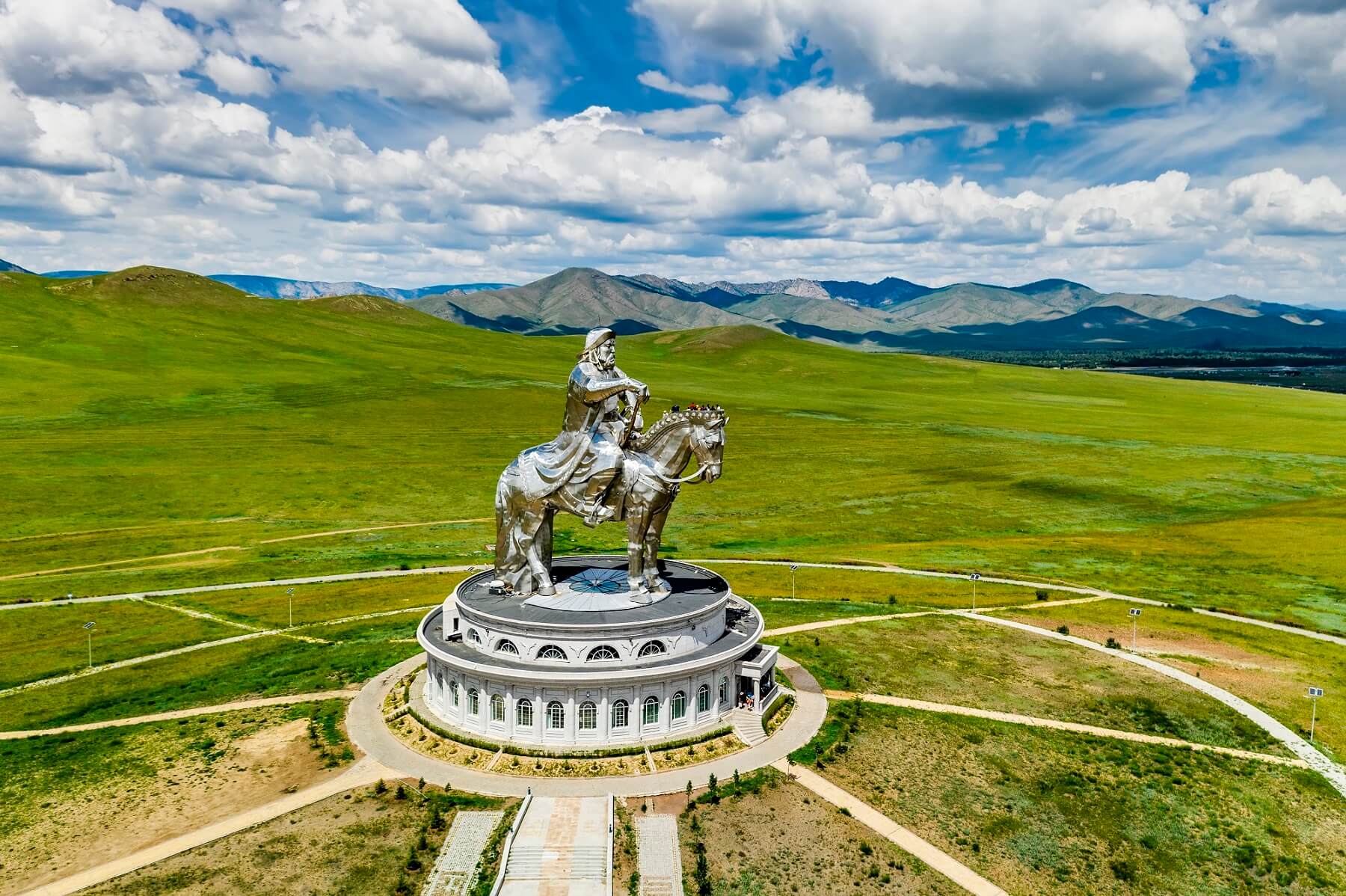

5. Tuvkhun Monastery:
7 Significant Historical Sites of Mongolia
Situated on the Shireet Ulaan mountain within the Orkhon Valley, this monastery was founded by Zanabazar, the first Bogd Gegeen of Mongolia, in the 17th century.
It is notable for its remote and picturesque location, as well as its historical significance as a center for Buddhist learning and meditation.
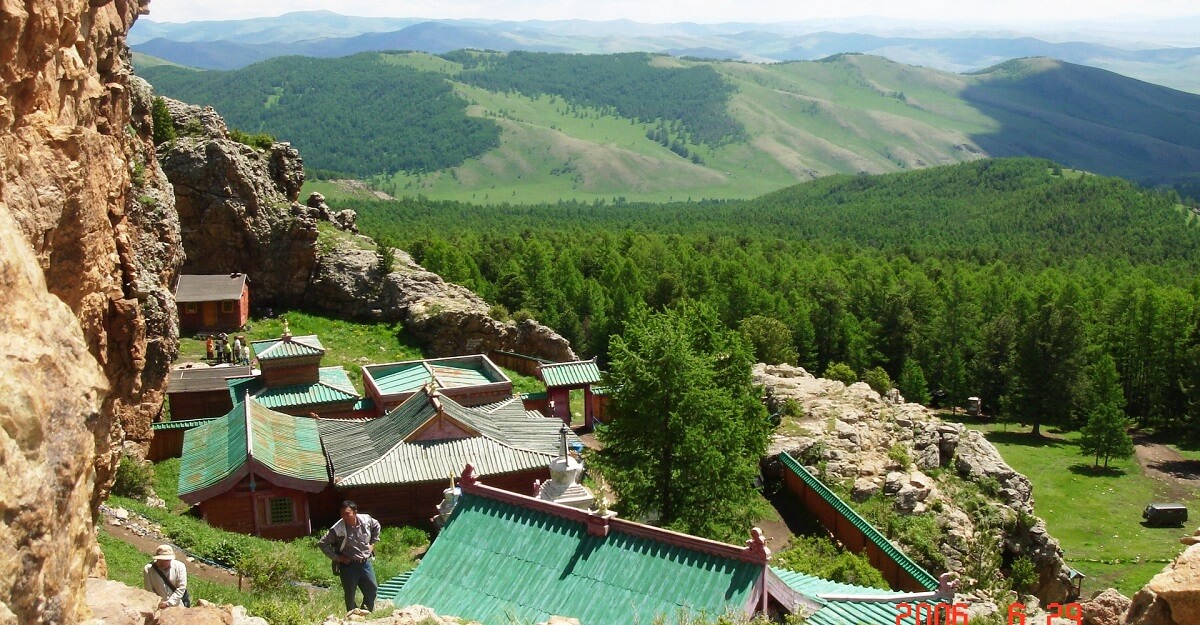
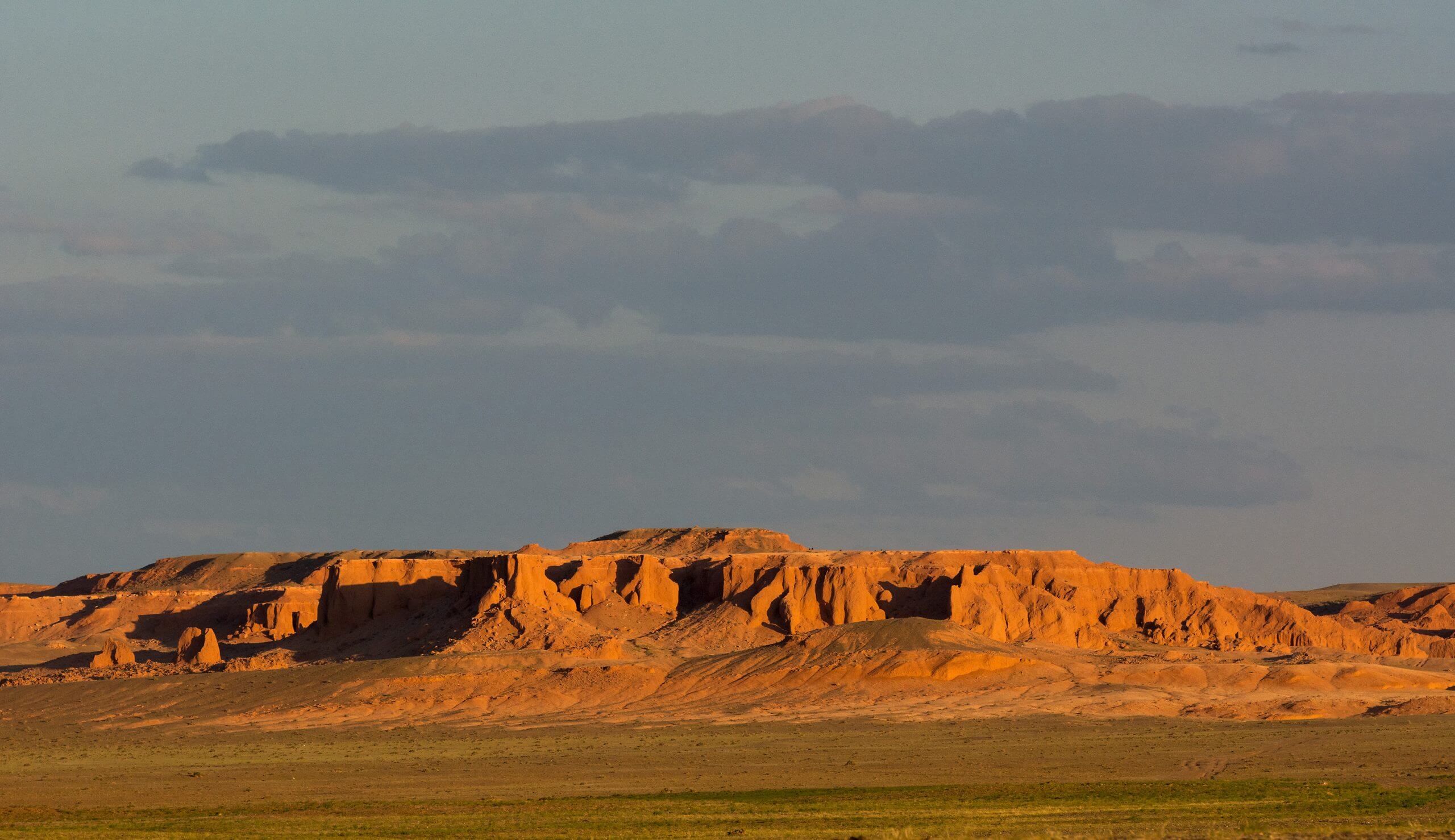

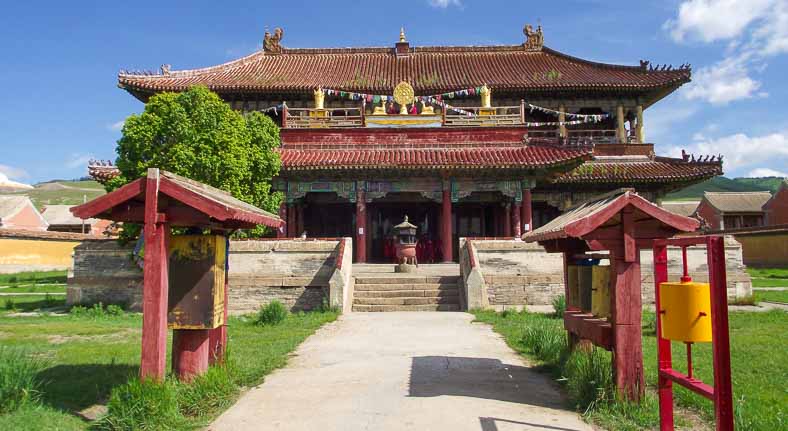
6. The Flaming Cliffs (Bayanzag):
7 Significant Historical Sites of Mongolia
While primarily known for its paleontological significance due to the discovery of dinosaur eggs and fossils, Bayanzag is also an important cultural landmark.
The area’s dramatic red sandstone cliffs and rich history of exploration contribute to its status as a significant site in Mongolian heritage.
7. Amarbayasgalant Monastery:
7 Significant Historical Sites of Mongolia
Located in the northern part of Mongolia, this is one of the three largest Buddhist monastic centers in Mongolia.
It was built in the early 18th century in honor of Zanabazar, one of Mongolia’s most respected spiritual leaders.
The architecture is a stunning example of the synthesis of Mongolian and Tibetan styles.
These sites offer a glimpse into Mongolia’s vast history, from the Great Mongol Empire to the spread of Buddhism across the region, and are essential for anyone interested in the cultural and historical landscape of Central Asia.
The Mongolian Altai is a region where breathtaking natural landscapes and rich cultural heritage come together in harmony. This area, recognized as a UNESCO World Heritage Site, is renowned for its outstanding universal value as both a natural and cultural landscape. Towering peaks, pristine rivers, and vast grasslands provide a dramatic backdrop for some of Mongolia’s most important archaeological treasures.
The Altai Mountains are home to remarkable petroglyphic complexes, where ancient rock carvings tell stories of nomadic tribes, shamanic rituals, and the daily lives of people who once roamed these lands. These petroglyphs, along with burial mounds and sacred mountains, form a continuing cultural landscape that reflects the long-standing traditions of Central Asian nomadic pastoralism.
As a strictly protected area, the Mongolian Altai preserves not only its natural beauty but also the cultural monuments that have shaped the identity of the region. The sacred mountains, revered by local communities, are considered among the most sacred mountains in Mongolia, embodying the spiritual connection between people and the land.
Exploring the Mongolian Altai is a journey through time, where visitors can witness the enduring legacy of nomadic people and the outstanding example of harmony between nature and culture.
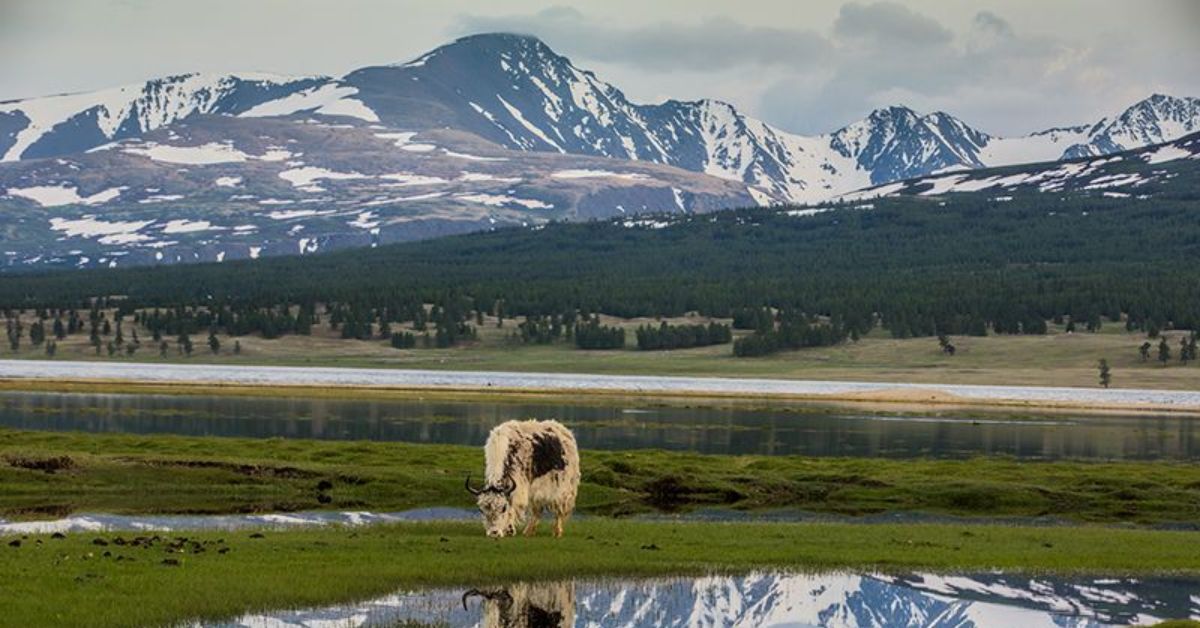
Preservation of Archaeological Sites and Cultural Heritage
7 Significant Historical Sites of Mongolia
Safeguarding Mongolia’s archaeological sites and cultural heritage is a vital responsibility that ensures the country’s rich history endures for future generations. The preservation of world heritage sites, such as the Orkhon Valley Cultural Landscape and the petroglyphic complexes of the Mongolian Altai, requires a collaborative effort between local communities, the Mongolian government, and international organizations like UNESCO.
Challenges such as environmental changes, urban development, and the pressures of tourism make the protection of these sites increasingly important. Conservation initiatives focus on maintaining the integrity of both tangible monuments—like ancient city walls, monasteries, and rock carvings—and intangible heritage, including the nomadic way of life and traditional practices of Mongolian nomadic pastoralists.
Education and community involvement play a crucial role in these efforts, fostering a sense of pride and stewardship among Mongolians. By promoting awareness of the outstanding universal value of these sites, Mongolia is not only preserving its own cultural identity but also contributing to the shared heritage of humanity. The ongoing commitment to conservation ensures that the stories, wisdom, and achievements of the past remain accessible and meaningful for generations to come.

Conclusion and Final Thoughts
7 Significant Historical Sites of Mongolia
Mongolia’s historical and cultural sites are more than just remnants of the past—they are living symbols of a nation’s enduring spirit and its place in the tapestry of world history. From the ancient city of Karakorum and the sacred Erdene Zuu Monastery to the awe-inspiring petroglyphs of the Mongolian Altai, each site offers a unique glimpse into the traditions, beliefs, and achievements of the Mongolian people.
As we explore these remarkable world heritage sites, we are reminded of the importance of preserving both the physical monuments and the intangible heritage that define Mongolia’s identity. The commitment to safeguarding these treasures ensures that the legacy of the Mongol Empire, the wisdom of Buddhist monasteries, and the artistry of ancient rock carvings will continue to inspire and educate future generations.
Whether you are a traveler, a history enthusiast, or simply curious about the wonders of Central Asia, Mongolia’s outstanding universal heritage invites you to discover a world where history, culture, and nature are forever intertwined.

